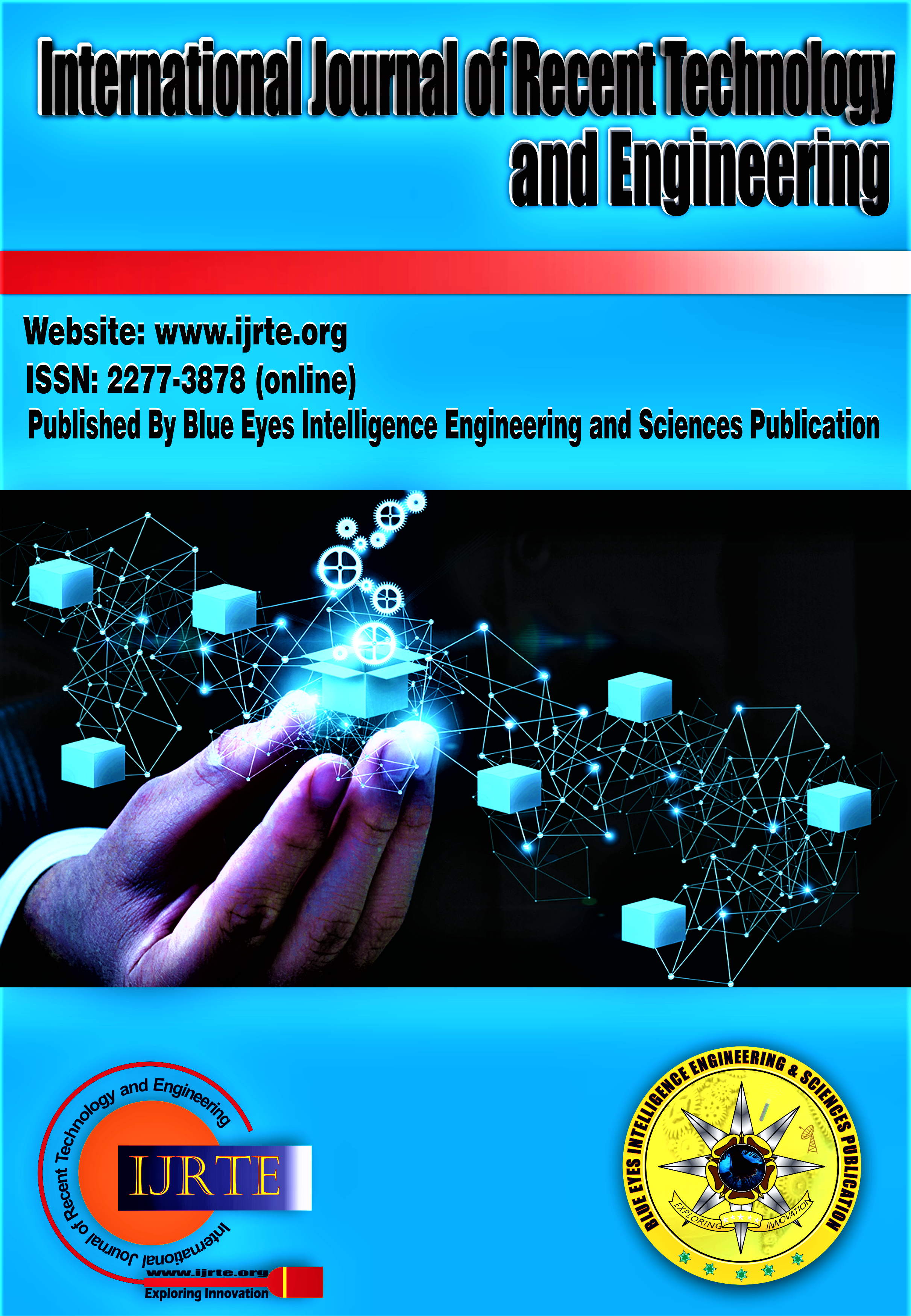Optimization of Machining Parameters for Nimonic PE16 Using Machine Learning Models
Main Article Content
Abstract
Machining high-temperature alloys such as Nimonic PE16 demands precise control of machining parameters to achieve desired outcomes while minimizing tool wear and optimizing surface finish. In this study, we propose using machine learning regression models combined with synthetic data and response surface methodology strategies to optimize machining parameters for PE16. We aim to develop a predictive model that accurately estimates optimal cutting speeds and feed rates based on key output parameters, including cutting forces and surface roughness. Our methodology involves collecting experimental data from controlled machining tests conducted on PE16 samples under varying conditions. We used the datasets to train and validate regression models to establish correlations between input parameters and machining outcomes. The performance of each model is evaluated based on metrics such as mean absolute error and coefficient of determination. These metrics show relationships within the data and can determine a model’s success. The proposed machine learning framework offers a data-driven approach to optimize machining processes for PE16, facilitating enhanced efficiency, productivity, and quality in nuclear and other high-performance applications. Our findings contribute to understanding machining dynamics in challenging materials and provide valuable insights for intelligent machining systems.
Downloads
Article Details
Section

This work is licensed under a Creative Commons Attribution-NonCommercial-NoDerivatives 4.0 International License.
How to Cite
References
D. J. Nettleship and R. K. Wild, “Segregation to grain boundaries in Nimonic PE16 superalloy,” Surface and Interface Analysis, vol. 16, no. 1–12, 1990, doi: 10.1002/sia.7401601114. https://doi.org/10.1002/sia.7401601114
R. Batista Penteado, R. Fernanda Toledo de Oliveira, M. Valério Ribeiro, and M. Borges Silva, “Application of Taguchi Method in Turning Process of a Superalloy NIMONIC 80A to Improve the Surface Roughness,” 2015.
Roshan R. Nikule and S. S. Sarnobat, “Experimental Investigation of Turning Process Parameters of Nimonic-80 Using Taguchi’s Design of Experiment,” Int J Innov Sci Res Technol, vol. 2, no. 4, pp. 298–338, Apr. 2017.
Mehmet Erdi KORKMAZ and Mustafa GÜNAY, “Experimental and Statistical Analysis on machinability of Nimonic 80a superalloy with PVD coated carbide,” Sigma Journal of Engineering and Natural Sciences, vol. 36, no. 4, pp. 1141–1152, Oct. 2018.
N. Khanna et al., “Optimization of power consumption associated with surface roughness in ultrasonic assisted turning of Nimonic-90 using hybrid particle swarm-simplex method,” Materials, vol. 12, no. 20, 2019, doi: 10.3390/ma12203418. https://doi.org/10.3390/ma12203418
I. O. for Standardization, “ISO 4287-1997 Geometrical product specifications (GPS)-Surface texture: Profile Method-Terms, definitions, and surface texture parameters,” International Standard ISO, vol. 1998, 2007.
ISO 21920-2:2021, “Geometrical product specifications (GPS) -Surface texture: Profile method: Terms, definitions and surface texture parameters,” International Standard ISO, 2007.
ISO, “ISO 3685 Second Edition,” ISO, vol. 11, no. 15, pp. 1–48, 1993
De Micheaux, P.L., Drouilhet, R., Liquet, B. (2013). Simple and Multiple Linear Regression. In: The R Software. Statistics and Computing, vol 40. Springer, New York, NY. https://doi.org/10.1007/978-1-4614-9020-3_14
C. M. Chao, Y. W. Yu, B. W. Cheng, and Y. L. Kuo, “Construction the Model on the Breast Cancer Survival Analysis Use Support Vector Machine, Logistic Regression and Decision Tree,” J Med Syst, vol. 38, no. 10, 2014, doi: 10.1007/s10916-014-0106-1. https://doi.org/10.1007/s10916-014-0106-1
M. Goldstein, S. Chatterjee, and B. Price, “Regression Analysis by Example.,” J R Stat Soc Ser A, vol. 142, no. 4, pp 16-21, 1979, doi: 10.2307/2982566. https://doi.org/10.2307/2982566
Yadav, R. K., Gandhi, A., Abhishek, K., Mahapatra, S. S., & Nandi, G. (2019). Machining Performance Optimization for Turning of Inconel 825: An integrated Optimization Route Combining Grey Relation Analysis with JAYA and TLBO. In International Journal of Innovative Technology and Exploring Engineering (Vol. 8, Issue 10, pp. 1–7). https://doi.org/10.35940/ijitee.i8534.0881019
Reddy, B. S., Rao, A. B. K., & Janardhana, G. R. (2019). Modeling and Analysis of Machining Parameters and Responses of Wirecut Electric Discharge Machining of Al2124/SiCp using Response Surface Methodology and Soft Computing Techniques. In International Journal of Recent Technology and Engineering (IJRTE) (Vol. 9, Issue 2, pp. 5429–5434). https://doi.org/10.35940/ijrte.b3556.078219
L, Dr. Priya., K, Poornimathi., & Kumar, Dr. P. (2023). Enhancing Occlusion Handling in Real-Time Tracking Systems through Geometric Mapping and 3D Reconstruction Validation. In International Journal of Engineering and Advanced Technology (Vol. 12, Issue 6, pp. 7–13). https://doi.org/10.35940/ijeat.f4259.0812623
Bhardwaj, S. (2023). Evolutionary Algorithms for Optimization of Drilling Variables for Reduced Thrust Force in Composite Material Drilling. In International Journal of Soft Computing and Engineering (Vol. 13, Issue 2, pp. 14–18). https://doi.org/10.35940/ijsce.b3610.0513223
Singh, M. R., & Shrivastava, P. K. (2020). Optimization of Responses MRR and HC in EDM of Al/4.6B4C super alloy using GA. In International Journal of Innovative Science and Modern Engineering (Vol. 6, Issue 5, pp. 1–5). https://doi.org/10.35940/ijisme.d1192.036520





